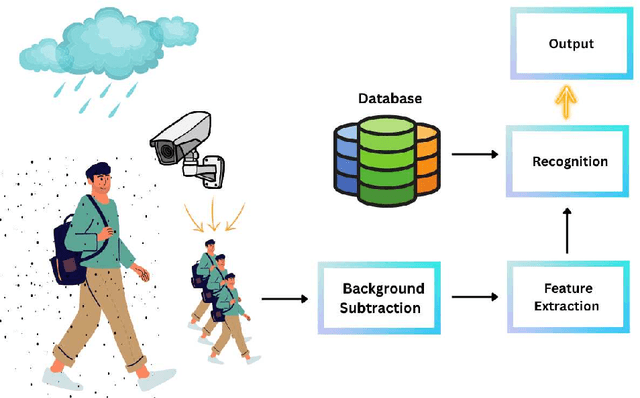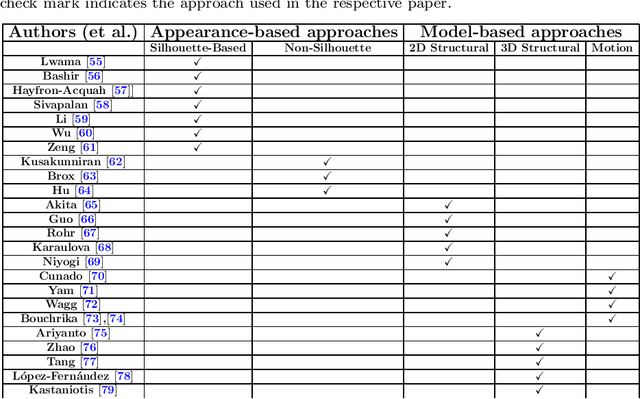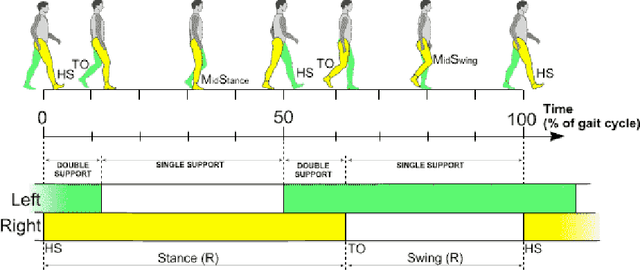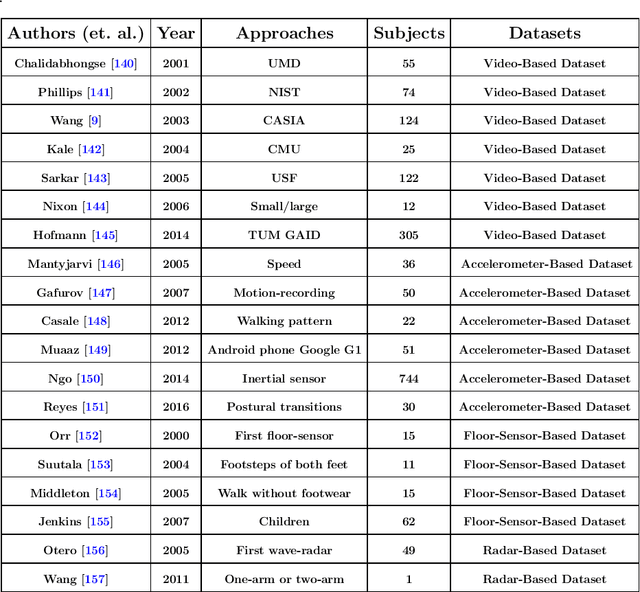Muhammad Imran Sharif
An Integrated Deep Learning Framework Leveraging NASNet and Vision Transformer with MixProcessing for Accurate and Precise Diagnosis of Lung Diseases
Feb 27, 2025Abstract:The lungs are the essential organs of respiration, and this system is significant in the carbon dioxide and exchange between oxygen that occurs in human life. However, several lung diseases, which include pneumonia, tuberculosis, COVID-19, and lung cancer, are serious healthiness challenges and demand early and precise diagnostics. The methodological study has proposed a new deep learning framework called NASNet-ViT, which effectively incorporates the convolution capability of NASNet with the global attention mechanism capability of Vision Transformer ViT. The proposed model will classify the lung conditions into five classes: Lung cancer, COVID-19, pneumonia, TB, and normal. A sophisticated multi-faceted preprocessing strategy called MixProcessing has been used to improve diagnostic accuracy. This preprocessing combines wavelet transform, adaptive histogram equalization, and morphological filtering techniques. The NASNet-ViT model performs at state of the art, achieving an accuracy of 98.9%, sensitivity of 0.99, an F1-score of 0.989, and specificity of 0.987, outperforming other state of the art architectures such as MixNet-LD, D-ResNet, MobileNet, and ResNet50. The model's efficiency is further emphasized by its compact size, 25.6 MB, and a low computational time of 12.4 seconds, hence suitable for real-time, clinically constrained environments. These results reflect the high-quality capability of NASNet-ViT in extracting meaningful features and recognizing various types of lung diseases with very high accuracy. This work contributes to medical image analysis by providing a robust and scalable solution for diagnostics in lung diseases.
Deep Learning in Early Alzheimers diseases Detection: A Comprehensive Survey of Classification, Segmentation, and Feature Extraction Methods
Jan 25, 2025Abstract:Alzheimers disease is a deadly neurological condition, impairing important memory and brain functions. Alzheimers disease promotes brain shrinkage, ultimately leading to dementia. Dementia diagnosis typically takes 2.8 to 4.4 years after the first clinical indication. Advancements in computing and information technology have led to many techniques of studying Alzheimers disease. Early identification and therapy are crucial for preventing Alzheimers disease, as early-onset dementia hits people before the age of 65, while late-onset dementia occurs after this age. According to the 2015 World Alzheimers disease Report, there are 46.8 million individuals worldwide suffering from dementia, with an anticipated 74.7 million more by 2030 and 131.5 million by 2050. Deep Learning has outperformed conventional Machine Learning techniques by identifying intricate structures in high-dimensional data. Convolutional Neural Network (CNN) and Recurrent Neural Network (RNN), have achieved an accuracy of up to 96.0% for Alzheimers disease classification, and 84.2% for mild cognitive impairment (MCI) conversion prediction. There have been few literature surveys available on applying ML to predict dementia, lacking in congenital observations. However, this survey has focused on a specific data channel for dementia detection. This study evaluated Deep Learning algorithms for early Alzheimers disease detection, using openly accessible datasets, feature segmentation, and classification methods. This article also has identified research gaps and limits in detecting Alzheimers disease, which can inform future research.
Human Gait Recognition using Deep Learning: A Comprehensive Review
Sep 18, 2023



Abstract:Gait recognition (GR) is a growing biometric modality used for person identification from a distance through visual cameras. GR provides a secure and reliable alternative to fingerprint and face recognition, as it is harder to distinguish between false and authentic signals. Furthermore, its resistance to spoofing makes GR suitable for all types of environments. With the rise of deep learning, steadily improving strides have been made in GR technology with promising results in various contexts. As video surveillance becomes more prevalent, new obstacles arise, such as ensuring uniform performance evaluation across different protocols, reliable recognition despite shifting lighting conditions, fluctuations in gait patterns, and protecting privacy.This survey aims to give an overview of GR and analyze the environmental elements and complications that could affect it in comparison to other biometric recognition systems. The primary goal is to examine the existing deep learning (DL) techniques employed for human GR that may generate new research opportunities.
A Network Theory Investigation into the Altered Resting State Functional Connectivity in Attention-Deficit Hyperactivity Disorder
Nov 23, 2022Abstract:In the last two decades, functional magnetic resonance imaging (fMRI) has emerged as one of the most effective technologies in clinical research of the human brain. fMRI allows researchers to study healthy and pathological brains while they perform various neuropsychological functions. Beyond task-related activations, the human brain has some intrinsic activity at a task-negative (resting) state that surprisingly consumes a lot of energy to support communication among neurons. Recent neuroimaging research has also seen an increase in modeling and analyzing brain activity in terms of a graph or network. Since graph models facilitate a systems-theoretic explanation of the brain, they have become increasingly relevant with advances in network science and the popularization of complex systems theory. The purpose of this study is to look into the abnormalities in resting brain functions in adults with Attention Deficit Hyperactivity Disorder (ADHD). The primary goal is to investigate resting-state functional connectivity (FC), which can be construed as a significant temporal coincidence in blood-oxygen-level dependent (BOLD) signals between functionally related brain regions in the absence of any stimulus or task. When compared to healthy controls, ADHD patients have lower average connectivity in the Supramarginal Gyrus and Superior Parietal Lobule, but higher connectivity in the Lateral Occipital Cortex and Inferior Temporal Gyrus. We also hypothesize that the network organization of default mode and dorsal attention regions is abnormal in ADHD patients.
 Add to Chrome
Add to Chrome Add to Firefox
Add to Firefox Add to Edge
Add to Edge